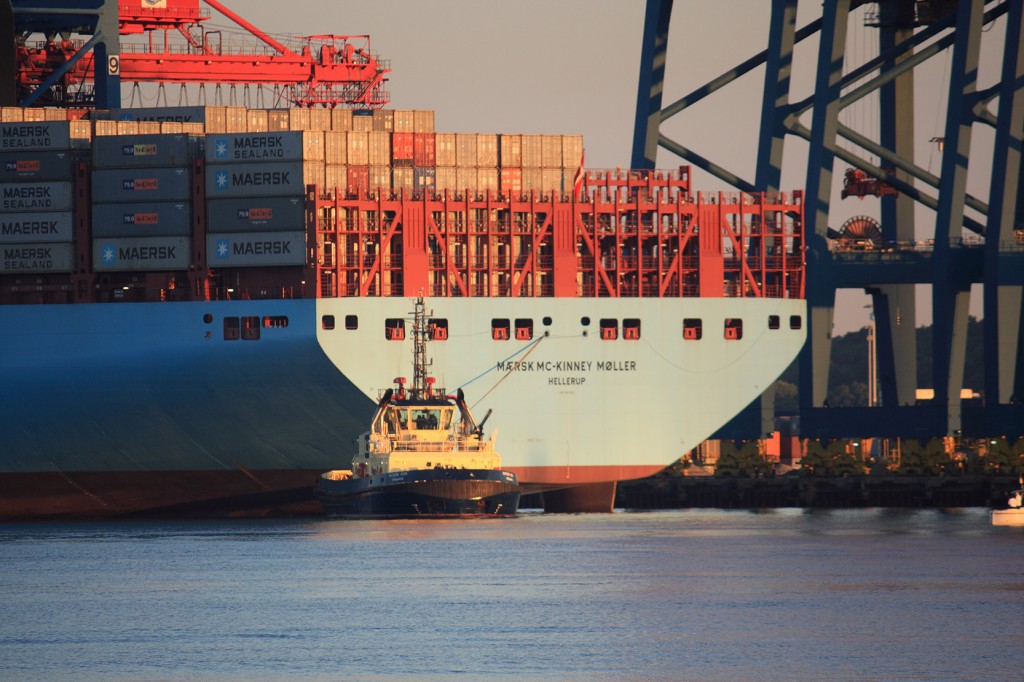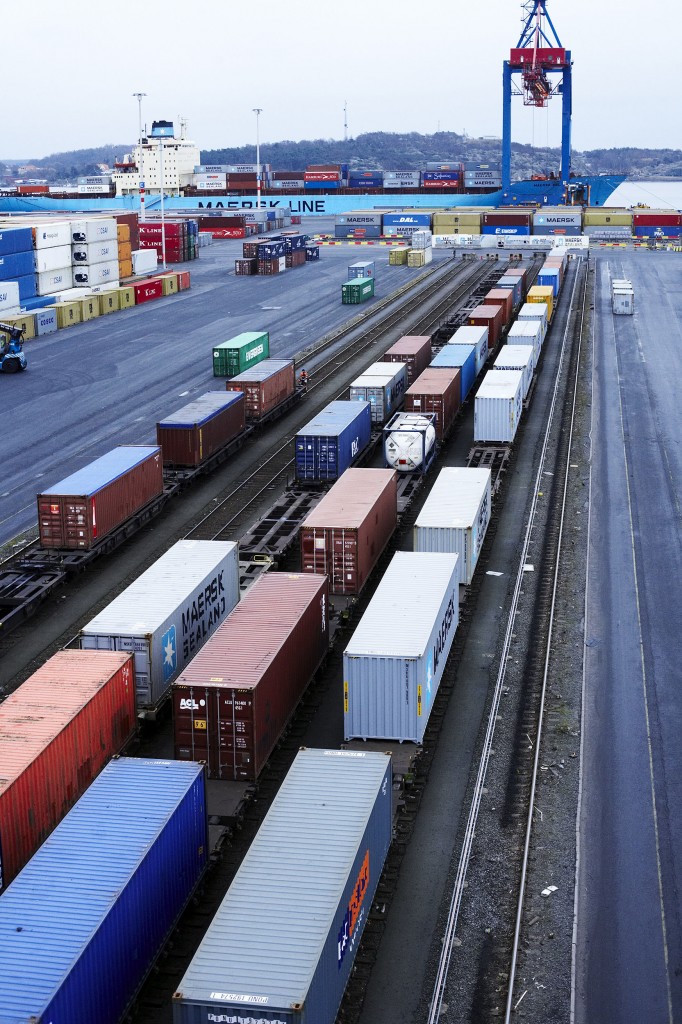Mega-ships are here to stay, if you like it or not. The last decade has seen a doubling of the average size of the containership. The “who-has-the-biggest?”-competition is on steam and Maersk is currently in the lead. Their Triple E-ships are now the largest of the pack, but designs for even larger container ships are already on their way to the shipyards. Not only container ships, but also cruise ships and car carriers continue to grow. Maybe one day a maximum is reached – as for tankers, but for the moment the gains from economies of scale are simply irresistible to ship owners and shipping lines.
What are the effects on ports? Which ports benefit, which ports lose out? What do larger ships mean for port infrastructure, port planning and hinterland transport? And what does all that imply for the cities in which these ports are located?
Which ports will benefit?
Over the last decades, we have witnessed the emergence of port hubs and spokes, related to larger ships. It is not certain that this tendency will continue. The Triple E-ships call ports like Gothenburg, Gdansk and Aarhus, none of which are hub ports. Secondary ports that have the right conditions could attract mega-ships, but up to which point and at what cost?
Port of Gothenburg (© Port of Gothenburg)
Which adaptations to infrastructure?
Larger ships require longer quays, deeper berths and bigger cranes. Some ports upgrade their ports to be ready. Others do not; these ports will start to decline. Only few ports will regularly have mega-ships, but all ports are affected due to cascading effects that increase the average ship size in all trade lanes. Private decisions to increase ship size imply upgrading of infrastructure that is often publicly funded. An intriguing question: will the public sector ever be able to recover these costs? And will there be a point when governments decide to regulate the size of ships?
How to plan for mega-ships?
The Triple E-ship can carry around 18,000 containers; this is equivalent to 500 km of trucks. Even if a port would handle only a small share of these, imagine the mess that this could cause. Mega-ships may not need mega-ports, but they certainly need mega-efficiency. This is a huge challenge for most ports.
Hinterland transport for mega-ships
What applies for planning in the port, also applies for planning of hinterland transport: how to get all these boxes quickly in or out of the port? Think dry ports, dedicated freight corridors and intelligent port gate strategies. Could mega-ships also present an opportunity for modal shifts, as the volumes could finally justify regular freight rail connections?
Port of Gothenburg (© Port of Gothenburg)
Implications for port-cities?
Are mega-ships bad news for cities? Not necessarily. Sure enough, declining ports will erode maritime clusters on which cities could depend for jobs and wealth creation. However, being a good secondary or niche port can bring a lot of jobs and wealth, maybe even more than a hub port. How can cities leverage this? And how can ports deliver smart growth? Another question relates to land use. Mega-ships make traditional urban ports less suitable, so they might accelerate the physical disintegration of ports and their cities. Could they at the same time provide new opportunities to “urbanise” less suitable port sites? And, connected to this, will mega-ships lead to more offshore ports?
An ITF/OECD project to answer these questions
The ITF/OECD has launched a project on the impact of mega-ships and is currently selecting ports that could be involved in this project. The project will result in a policy-relevant research paper that answers many of these open questions, and provides in-depth insights on the impact of mega-ships in the selected ports. This research will be used to inform Roundtables of Ministers during the Annual Summit of the International Transport Forum (ITF), 27-29 May 2015 in Leipzig, Germany (www.internationaltransportforum.org).
Head image: Port of Gothenburg (© Port of Gothenburg)

